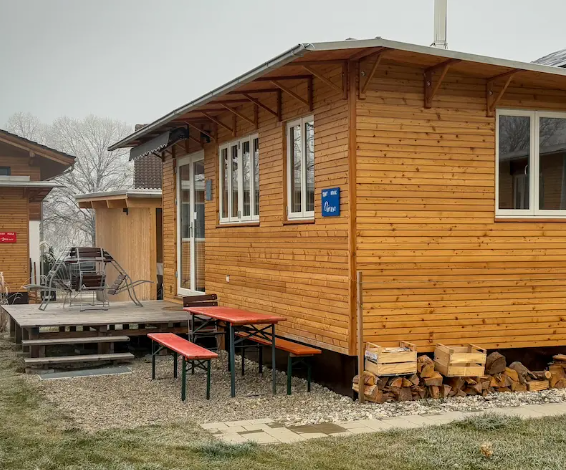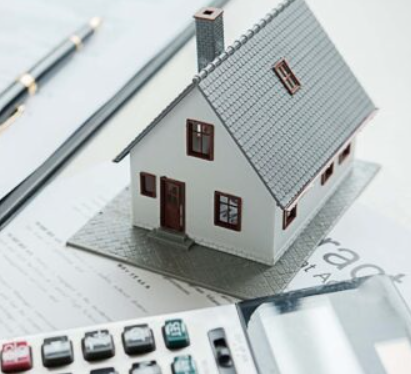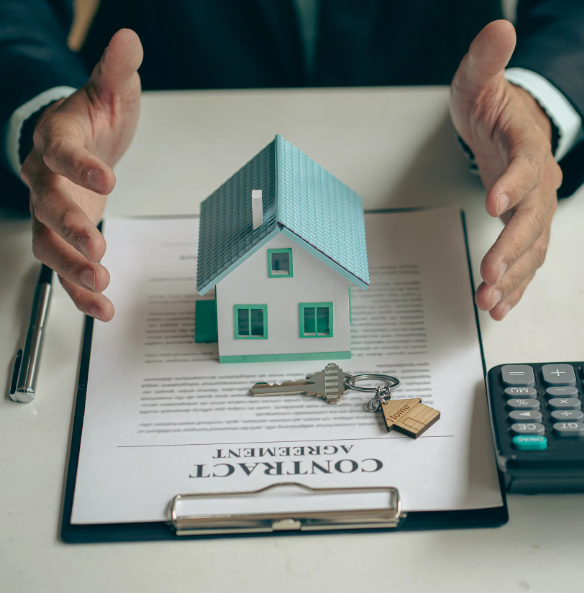Building a Property Portfolio with $100K or Less: A Step-by-Step Guide

Starting your journey in property investment may feel overwhelming. With so much to learn and many decisions to make, it’s easy to get lost in the details. However, building a successful property portfolio is one of the best ways to secure your financial future.
The first step is to understand that a solid investment strategy and careful planning can help you get started, even with as little as $100,000. This article will walk you through the process of building your property portfolio using smart strategies and leveraging available equity.
Step 1: Decide on Your Investment Strategy
Before diving into property investment, it’s essential to have a clear strategy in place. One of the most straightforward and effective strategies for beginners is the “Buy and Hold” method.
With this approach, you purchase a property with the intention of holding it long-term, allowing the property’s value to appreciate over time. You also rent it out, generating rental income to cover mortgage payments and other costs. Eventually, you sell the property at a profit.
This method allows you to build long-term wealth, generate passive income, and achieve financial goals without the pressure of quick returns.
Step 2: Improve Your Borrowing Power
To start your portfolio, you’ll likely need to borrow money in addition to the $100,000 you have available. The amount you can borrow depends largely on your loan serviceability – your ability to repay the loan.
While it’s tempting to borrow as much as possible, it’s better to keep repayments manageable to improve cash flow. Here are some ways to enhance your borrowing power:
- Reduce existing credit card debt and lower credit limits.
- Pay down personal loans and car debts.
- Avoid new credit inquiries.
- Increase your income or show evidence of consistent savings.
- Maintain a good credit score.
By improving these factors, you’ll increase your chances of securing a loan with favorable terms.
Step 3: Research the Local Property Market
Thorough research is critical to identifying the right properties for your portfolio. You’ll need to understand not only the market value of properties but also:
- Rental demand and vacancy rates.
- Potential rental yield.
- Historical growth trends in different areas.
- The impact of future developments and major projects.
This research helps you narrow down areas that are within your budget while offering strong investment potential for capital growth and rental income.
Step 4: Perform a Property Portfolio Analysis
Before purchasing your first property, perform a comprehensive analysis of potential investments. Consider the various scenarios that could affect your portfolio, such as fluctuating interest rates, market changes, and rental demand.
Ask questions like:
- What would happen if interest rates rise or fall?
- Should I opt for a positively or negatively geared property?
- What is the long-term growth outlook for the area?
Answering these questions will help you select the best properties to fit your investment strategy. It’s also wise to seek advice from experienced investors or financial professionals to make well-informed decisions.
Step 5: Purchase Your First Property
Now that you’ve completed your research and analysis, it’s time to purchase your first property. In Australia, median property prices vary by location, so your budget will influence where you can invest:
- Sydney: $1,031,138
- Melbourne: $751,125
- Brisbane: $705,016
- Adelaide: $650,981
- Perth: $572,837
- Hobart: $648,811
- Darwin: $484,483
- Canberra: $839,732
While these prices may limit you to one property in major cities, you might consider purchasing two properties in more affordable areas to kickstart your portfolio. Just ensure that each investment offers good growth potential and positive cash flow.
Step 6: Save for Your Next Deposit
Once you’ve purchased your first property, it’s important to continue saving for your next investment. Many investors make the mistake of focusing only on the first purchase and neglecting their savings plan for future properties.
To continue building your portfolio, consider these strategies:
- Look for properties with lower purchase prices and repayments.
- Minimize personal expenses and credit card debt.
- Switch to an interest-only mortgage to lower initial repayments.
- Increase rental income by adjusting rent or improving the property.
- Refinance your mortgage for better terms.
Your savings play a crucial role in expanding your portfolio, and showing a consistent history of savings will help when applying for future loans.
Step 7: Leverage Equity to Purchase More Properties
One of the most powerful ways to grow your property portfolio is by using the equity in your existing properties. Once your first investment property appreciates in value, you can use that equity as a deposit for your next property.
For example, if your first property increases in value by $50,000, you can use that equity to secure a loan for another property, provided you have a stable income and can service the mortgage.
Using equity allows you to grow your portfolio faster without needing to save up a large deposit each time.
Step 8: Consider 95% Loans for Additional Properties
As you expand your portfolio, consider the option of a 95% home loan, which allows you to borrow up to 95% of a property’s value. This means you can purchase properties with only a 5% deposit, freeing up more cash for other investments.
While 95% loans can be advantageous, they come with certain compromises, including the need for Lender’s Mortgage Insurance (LMI), potentially higher interest rates, and larger repayments. However, refinancing options can help you adjust your loan terms as your portfolio grows, giving you more flexibility for future investments.
Conclusion
Building a property portfolio with $100K or less is entirely possible with the right approach. By following these steps, improving your borrowing power, and leveraging equity, you can grow your wealth over time and build a strong portfolio.
Start with a well-thought-out strategy, such as Buy and Hold, and continue to save, research, and reinvest in your properties. With patience and persistence, you can achieve long-term financial freedom through property investment.




